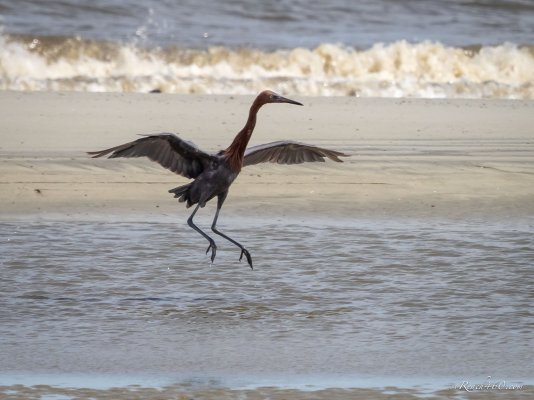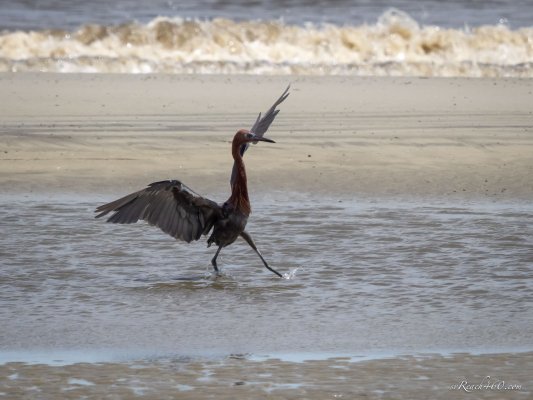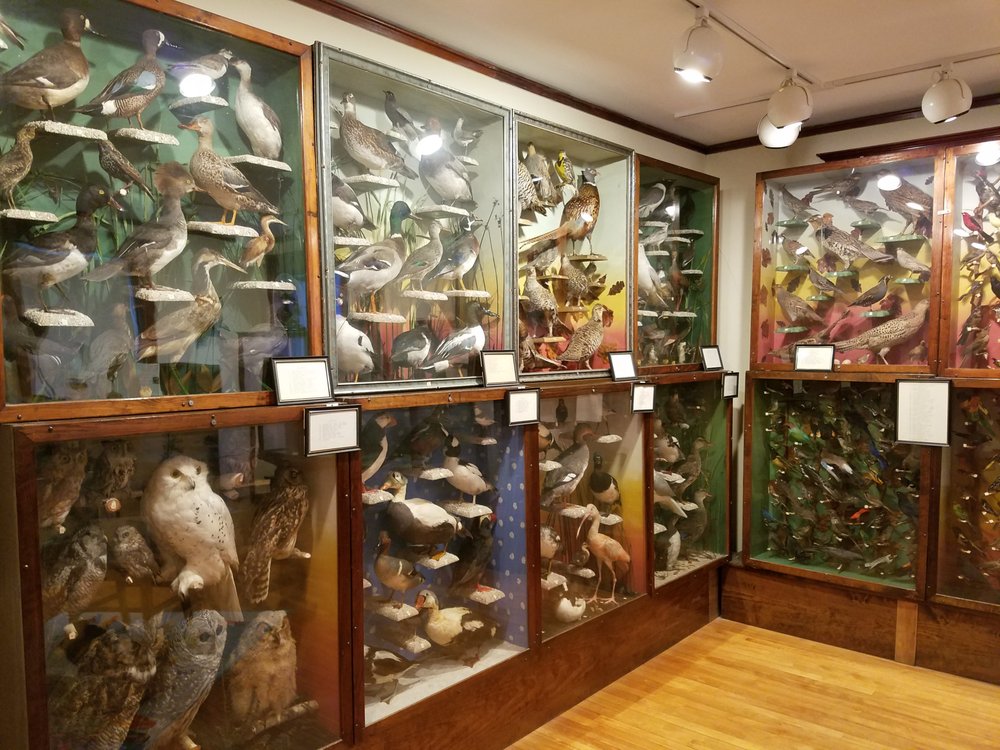We've had a huge amount of snow geese here (MD Eastern Shore) this winter. They usually pass through, but due (I think) to the mild winter they stayed here. It's been fun having them around, but everything is covered in goose poop. I'm expecting a major weed problem this year. The golf course has gotten permission to use guns to chase them away, but the workers have been shooting them for food, which isn't really allowed. But no matter what, they're beautiful and I've really enjoyed them being here.
I've rotated this picture around a few time, but it always posts sideways. If anyone knows the solution, let me know.



![20230201_171017[1].jpg](/data/attachments/39/39036-00cddeb4d28baa29a5bf4adb15a45e02.jpg)
